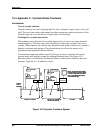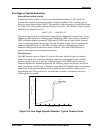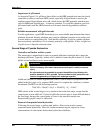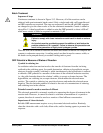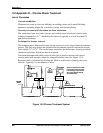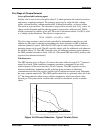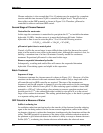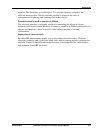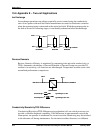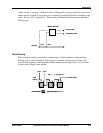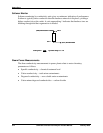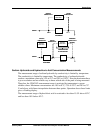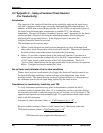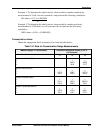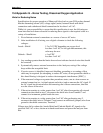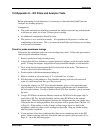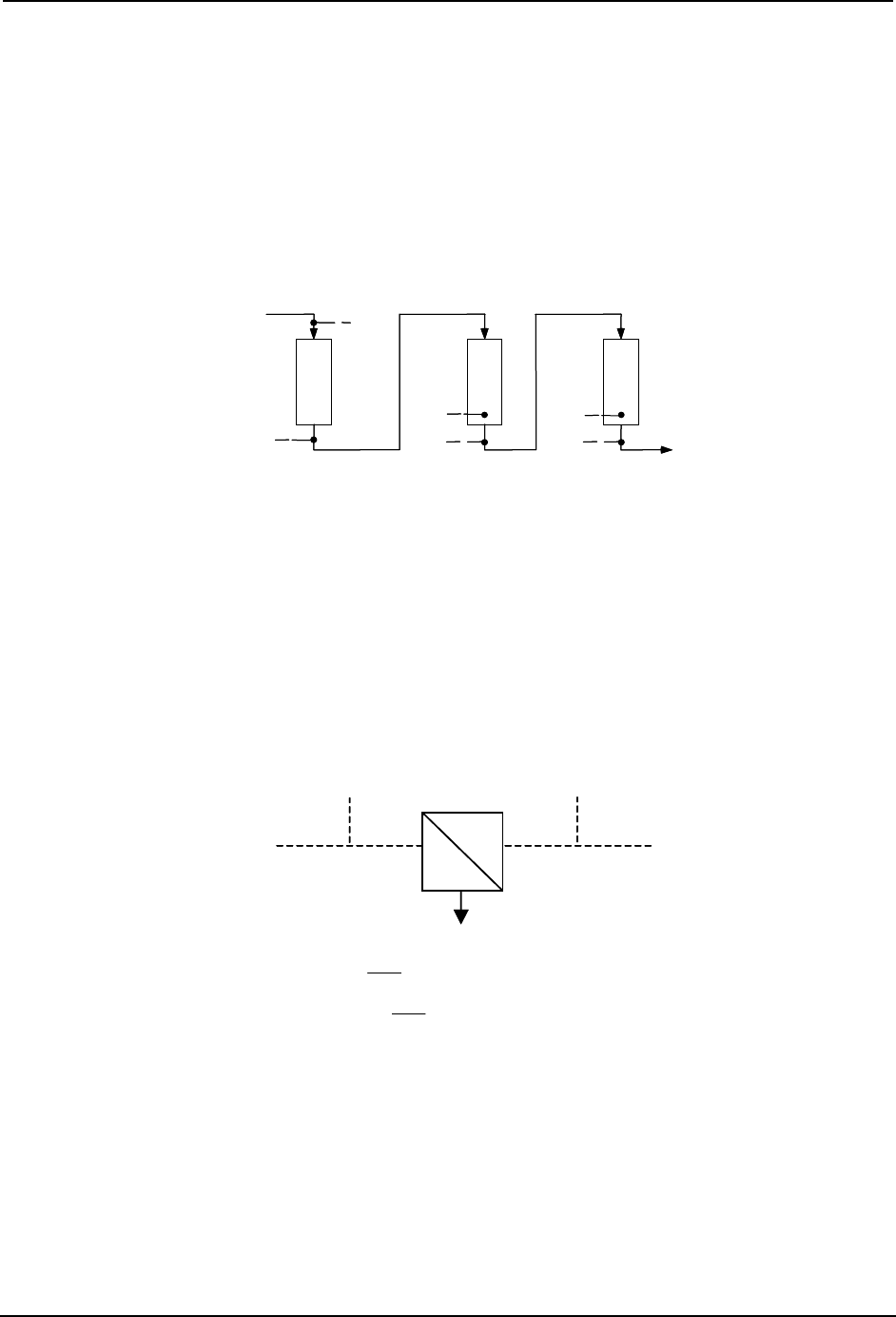
Appendices
212 UDA2182 Universal Dual Analyzer Product Manual January 2009
15.6 Appendix E – Two-cell Applications
Ion Exchange
Ion exchange operations can achieve especially precise control using the conductivity
ratio of two points with each bed. Ratio measurement accounts for feedwater variations
when the upstream point is measured at the cation bed inlet. With the upstream point in
the bed as shown for following stages, it can identify exhaustion before breakthrough.
INLET
CELL 2
CELL 1
CATION BED ANION BED MIXED BED
DI WATER
CELL 1
CELL 1
CELL 2
CELL 2
INLET
CELL 2
CELL 1
CATION BED ANION BED MIXED BED
DI WATER
CELL 1
CELL 1
CELL 2
CELL 2
Reverse Osmosis
Reverse Osmosis efficiency is monitored by comparing inlet and outlet conductivity (or
TDS). Automatic calculations of Percent Rejection or Percent Passage are provided. If
readout is in resistivity, cell locations are interchanged. Temperature readout assists with
normalized performance comparisons.
RO UNIT
CONCENTRATE
••
CELL 2
CELL 1
FEED
PERMEATE
Percent Passage =
Percent Rejection =
Typical Range is 0 to 20%
Typical Range is 80 to 100%
Cell1
Cell2
x100
Cell1
Cell2
x100
Cell1
Cell2
) x100(1-
Cell1
Cell2
) x100(1-
RO UNIT
CONCENTRATE
••
CELL 2
CELL 1
FEED
PERMEATE
Percent Passage =
Percent Rejection =
Typical Range is 0 to 20%
Typical Range is 80 to 100%
Cell1
Cell2
x100
Cell1
Cell2
x100
Cell1
Cell2
) x100(1-
Cell1
Cell2
) x100(1-
Conductivity/Resistivity/TDS Difference
Conductivity/Resistivity/TDS difference using redundant cells on critical processes can
provide a valuable diagnostic capability. If the difference in measurements exceeds the
alarm points, an operator is summoned for corrective action. Monitoring may be switched
to the alternate cell during maintenance. For deviation in either direction, two different



